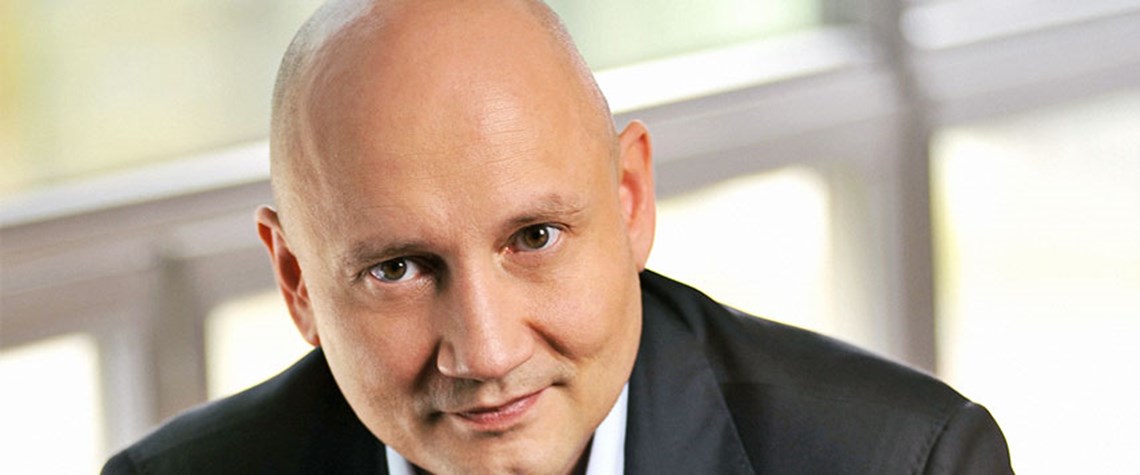Carbon capture to play key role in Mol strategy
The Hungarian oil and gas firm aims to build a business on the back of not only its own carbon emissions, but also those of third parties
Mol’s late February update of its long-term strategy towards moving “profitably towards net zero” foresees the firm becoming a “key player in the low-carbon circular economy in Central and Eastern Europe”. And part of the vision is the firm leveraging its existing carbon capture, utilisation and storage (CCUS) expertise in the region, upstream chief Berislav Gaso tells Transition Economist. His division has ambitions to reduce its scope 1 and 2 emissions—across not just its European assets that fall under the scope of the EU ETS, but also in the global portfolio—to zero by 2030. Gaso sees three key challenges: cutting flaring, decarbonising required power generation and minimising venting. “

Also in this section
22 July 2025
Sinopec hosts launch of global sharing platform as Beijing looks to draw on international investors and expertise
22 July 2025
Africa’s most populous nation puts cap-and-trade and voluntary markets at the centre of its emerging strategy to achieve net zero by 2060
17 July 2025
Oil and gas companies will face penalties if they fail to reach the EU’s binding CO₂ injection targets for 2030, but they could also risk building underused and unprofitable CCS infrastructure
9 July 2025
Latin American country plans a cap-and-trade system and supports the scale-up of CCS as it prepares to host COP30








